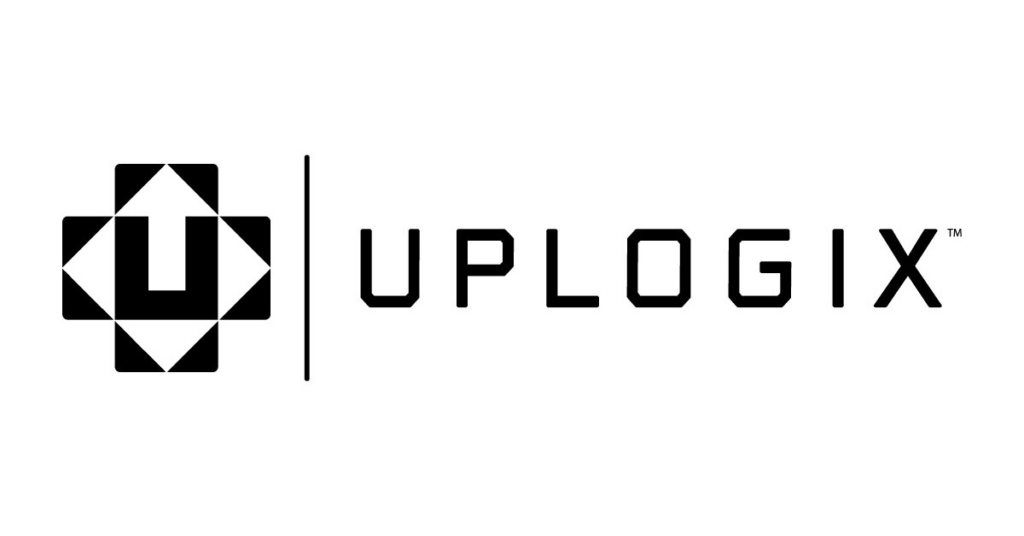Case Study



Savvy businesses use cellular modems to maintain connectivity.
The Challenge
In the constantly evolving age of information, when networks go down, disaster ensues. In worst-case scenarios, offices stop all work and production, a costly consequence that is crippling to any organization. Data from Gartner indicates that the average cost of network downtime for businesses is $5,600 per minute. Clearly, for any business, this is something to be avoided.
The Solution
Fortunately, network management automation solutions are evolving and more readily available. Recovery steps can now be performed quickly and seamlessly with new out-of-band solutions. Out-of-band (OOB) management is a method of remotely controlling and managing critical IT assets and network equipment using a secure connection through a secondary interface that is physically separate from the primary network connection. This remote connection enables administrators to gain control of connecting necessary hardware to restore normal operations even during infrastructure faults. Out-of-band management is especially useful for IT teams that need to manage large numbers of locations at scale, where physical access to each device is nearly impossible.
“A problem with network management is that it relies on the network itself to operate,” said Lisa Frankovitch, CEO of OOB solution provider Uplogix. Uplogix operates from an out-of-band perspective —both as a secondary connection (over cellular, phone lines, fiber, or even satellite links) to remote devices and by continuously monitoring and taking actions directly over the console port, just like an onsite technician plugging in a laptop. “We go far beyond traditional “dumb” console servers that sit plugged in and waiting to be useful should there be a crisis,” continued Frankovitch.
Pivotal to the Uplogix solution was finding a modular solution for out-of-band remote network infrastructures. Ultimately, they opted for the MultiTech SocketModem® Cell cellular embedded modem. The various SocketModem Cell models are IoT Network Certified and further certified by AT&T, providing reliability and interoperability confidence for Uplogix. This allows Uplogix to quickly get to market with a wide variety of cellular technology options to fit the various environmental considerations at a variety of customers’ locations.
The Result
“The SocketModem lets us offer our customers the ability to choose the cellular options that work best for them while saving Uplogix time on modem design and certifications for our global product distribution,” said Frankovitch.
What’s next for the future? “We anticipate cellular for out-of-band links to continue to grow. Both in higher bandwidth applications as well as the Cat M1 deployments that prioritize reliability and access over speed. For our customers that means less downtime, greater security, and the ability of their IT staff to focus on innovation rather than just keeping the lights on,” concluded Frankovitch.